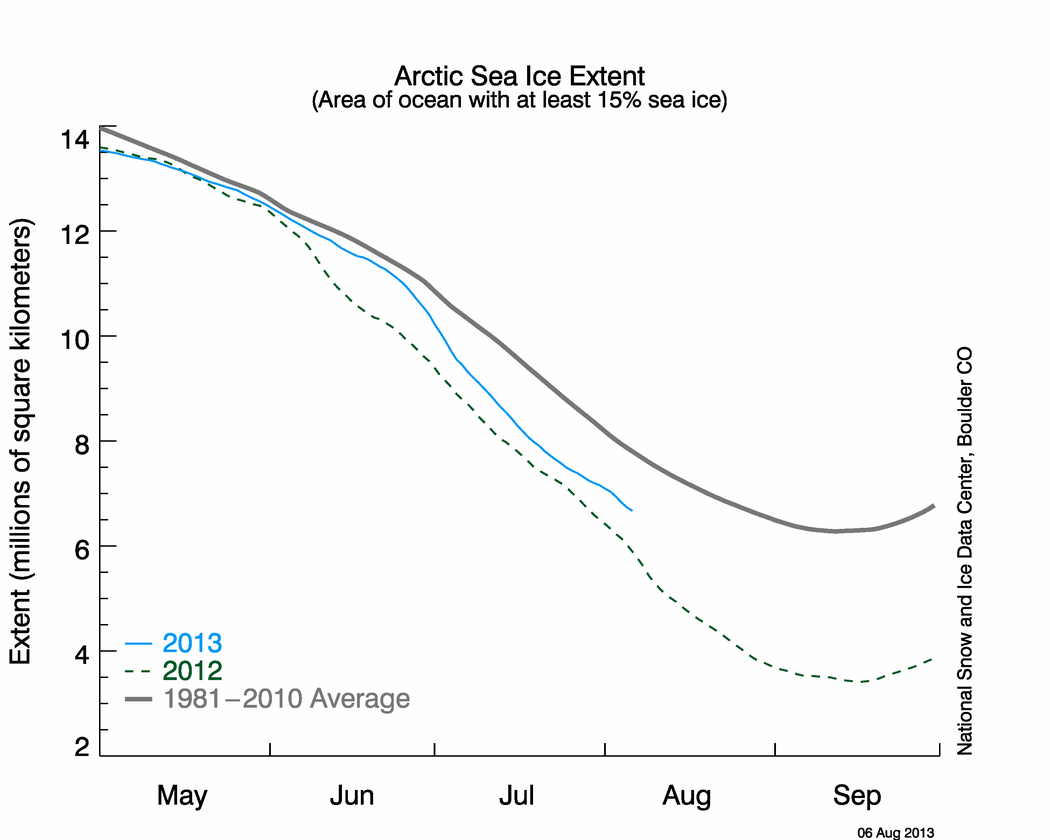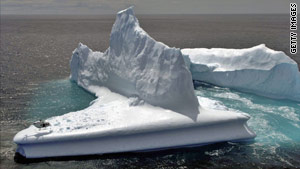BenD.....you are the man...
pshaw
Moderators: Elvis, DrVolin, Jeff
BenD.....you are the man...
Arctic & temperate lakes changing
Unparalleled warming over the last few decades has triggered widespread ecosystem changes in many temperate North American and Western European lakes, say researchers at Queen’s University and the Ontario Ministry of the Environment. ..
Striking ecosystem changes were recorded from a large suite of lakes from Arctic, alpine and temperate ecozones in North America and western Europe. Aquatic ecosystem changes across the circumpolar Arctic were found to occur in the late-19th and early 20th centuries. These were similar to shifts in algal communities, indicating decreased ice cover and related changes, over the last few decades in the temperate lakes.
“As expected, these changes occurred earlier – by about 100 years – in highly sensitive Arctic lakes, compared with temperate regions,” says Dr. Smol, recipient of the 2004 Herzberg Gold Medal as Canada’s top scientist.
http://www.exduco.net/news.php?id=3270
Cosmic Cowbell wrote:Great polar melt-off feared
Global warming, human activity speed Antarctic thaw, experts say
By William Mullen | Tribune reporter
March 19, 2009
{snip}
By examining millions of years' worth of sediments, researchers found that the ice in West Antarctica collapsed and melted about every 40,000 years during the Pliocene epoch 3 to 5 million years ago—a time when there were warm spells "similar to those projected to occur over the next century," Powell said. When the polar ice began melting on a massive scale, atmospheric carbon dioxide levels were up to around 400 parts per million, Powell said. "We are now at 386 parts per million and rising," he said, and it grows by one part per million every year. The concern, he said, is that the current rise in carbon dioxide levels—driven by human activity over the last 200 years, mostly the burning of fossil fuels—is causing unprecedented global warming and putting West Antarctica on the fast track to melting.
{snip}
http://www.chicagotribune.com/news/loca ... 1508.story




Even if WMO agrees, I will still not pass on the data. We have 25 or so years invested in the work. Why should I make the data available to you, when your aim is to try and find something wrong with it.
Sounder wrote:This is how ‘new science’ is done.
Through the years Sheldrake has supported his family largely through lecture tours, which draw curious crowds around the world, and a series of books exploring various aspects of what is often called "New Science." He's written on ecological, spiritual, and philosophical themes, as well as a manifesto on how science could be democratized (Seven Experiments that Could Change the World) and a bestseller on animal behavior (Dogs that Know When Their Owners are Coming Home). His current research involves thousands of rigorously empirical tests probing the existence of telepathy. John Maddox nonetheless has continued to accuse him of "heresy," saying he should be "condemned in exactly the same language that the Pope used to condemn Galileo."


Users browsing this forum: No registered users and 8 guests